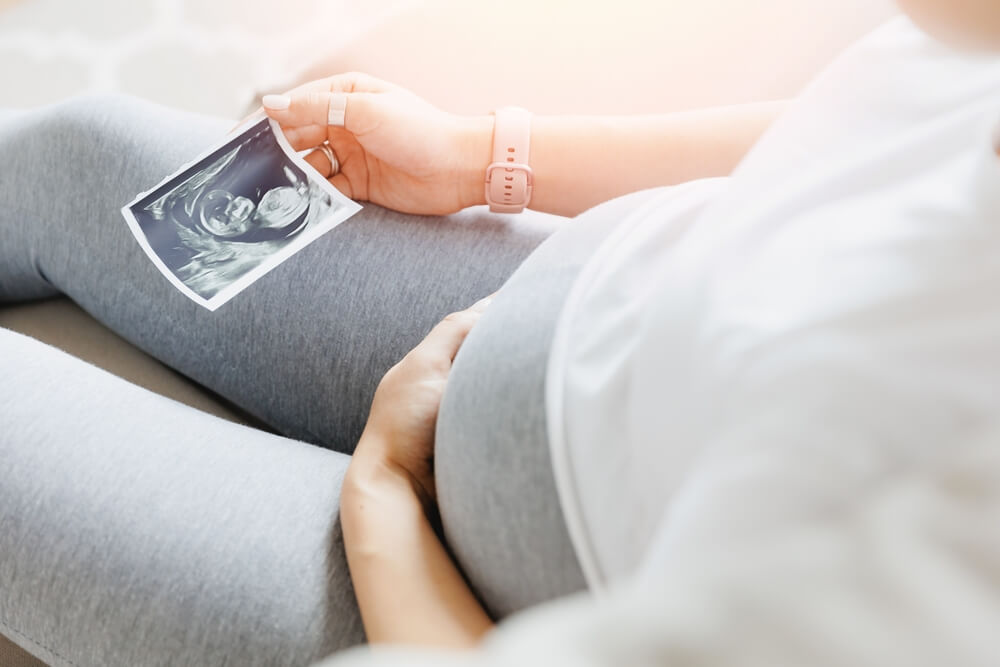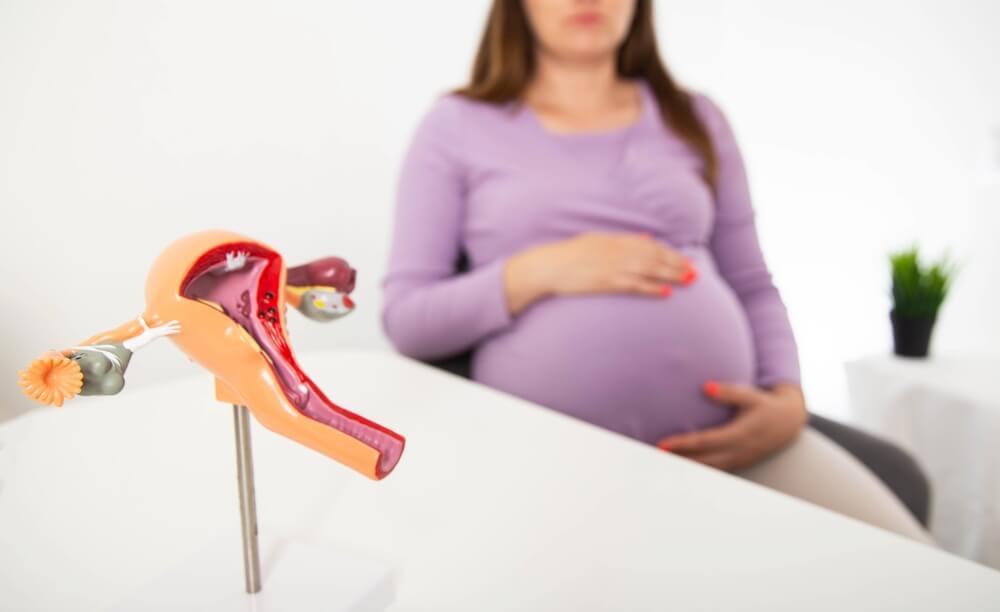Pregnancy is a remarkable journey filled with excitement, anticipation, and occasional challenges. One such challenge that many expectant mothers may encounter is prodromal labor. To find out what is prodromal labor, and more about prodromal labor symptoms, as well as strategies to cope with this unique aspect of pregnancy, continue reading today’s blogpost.
To have a successful, calm and well-guided pregnancy, you would want to find a good obstetrics specialist in Miami, Florida. Many different medical centers engage with patients who are looking for experts in OBGYN topics, but OB/GYN Associates of Miami stand out as one of the best in terms of both the quality of their services and patient-care.
What is Prodromal Labor?
Prodromal labor, also known as false labor or pre-labor, is a phenomenon experienced by some pregnant women in the lead-up to active labor. During prodromal labor, women experience strong contractions but not dilating, and these contractions mimic the intensity of true labor contractions, but they do not result in significant cervical dilation. These contractions can be irregular, causing discomfort and often leading expectant mothers to believe that they are in the initial stages of active labor.
Unlike active labor, however, prodromal labor does not progress the birthing process, and the contractions may eventually subside without leading to the birth of the baby. While the exact causes of prodromal labor are not always clear, it is considered a normal part of the pre-labor process for some women, and understanding its characteristics can help expectant mothers distinguish it from true labor and better manage the challenges it presents.

Prodromal Labor Symptoms
Identifying prodromal labor is crucial for pregnant women to distinguish it from active labor. The symptoms of prodromal labor include:
- Irregular Contractions: Irregular contractions are a common occurrence during the various stages of pregnancy, particularly in the pre-labor phase. Unlike the rhythmic and predictable contractions associated with active labor, irregular contractions lack a consistent pattern in terms of frequency and duration. Expectant mothers may feel these contractions as sporadic waves of tightening and discomfort in the abdominal region.
It is important to note that irregular contractions do not necessarily signify the onset of active labor; instead, they might be a precursor to true labor or a part of prodromal labor. The irregularity of these contractions can sometimes cause confusion for pregnant women, making it essential to differentiate between false alarms and the real onset of labor.
While irregular contractions are a natural part of the preparatory process, so monitoring their pattern can provide valuable insights into the progression of pregnancy and help mothers in preparing for the eventual arrival of their newborns.
- Persistent Lower Back Pain: Persistent lower back pain is a common symptom experienced by many expectant mothers, and it is often associated with various stages of pregnancy, including prodromal labor. The growing uterus and the increasing weight of the baby can contribute to changes in the body’s posture and the strain on the lower back, leading to discomfort. In the context of prodromal labor, persistent lower back pain can be a notable sign, accompanying irregular contractions.
The sensation is akin to a continuous ache in the lumbar region, which can be challenging for pregnant women to manage. While back pain is a typical part of the pregnancy experience, it is essential to distinguish between the discomfort associated with the body’s natural adjustments and that which may signal the progression of labor.
Seeking guidance from healthcare professionals and implementing supportive measures, such as proper posture, gentle exercises, and warm compresses, can help alleviate persistent lower back pain during pregnancy.
- Pelvic Pressure: Pelvic pressure is a common sensation experienced by pregnant women, and it often becomes more pronounced during certain phases of pregnancy, including prodromal labor. As the baby grows and descends into the pelvic area in preparation for birth, increased pressure on the pelvis is a natural outcome.
This sensation can be particularly noticeable during prodromal labor when irregular contractions may contribute to a feeling of added pressure. Expectant mothers might describe it as a heaviness or fullness in the pelvic region. While pelvic pressure is a normal part of the body’s preparation for labor, it is crucial for pregnant women to be attentive to any significant or sudden changes in this sensation, as it could be indicative of the baby’s descent or other factors related to the progression of labor.
Coping Strategies for Prodromal Labor
Dealing with prodromal labor can be challenging, both physically and emotionally. Here are some effective coping strategies:
- Stay Hydrated and Nourished: Dehydration can exacerbate contractions. Ensure you stay well-hydrated and consume small, nutritious meals to keep your energy levels up.
- Rest and Relaxation: Prodromal labor can be exhausting. Take breaks, nap when possible, and practice relaxation techniques such as deep breathing to manage discomfort.
- Change Positions: Experiment with different positions to alleviate pressure and encourage the baby to move into a more favorable position for labor.
- Warm Baths: A warm bath can help relax tense muscles and provide relief from discomfort associated with prodromal labor.
Prodromal Contractions: Understanding the Difference
Prodromal contractions share similarities with active labor contractions but possess distinct differences. Unlike the regular and consistent contractions of active labor, prodromal contractions are irregular in their pattern, making them less predictable. These contractions can be strong and uncomfortable, yet they do not lead to cervical dilation.
It is crucial for expectant mothers to differentiate between prodromal and active labor, as the former does not progress towards childbirth. Monitoring the frequency, duration, and regularity of contractions, along with consulting healthcare professionals, helps women better understand and manage prodromal contractions during pregnancy.
Strong Contractions but Not Dilating: What Does It Mean?
Experiencing strong contractions without cervical dilation can be frustrating. This phenomenon may occur due to various reasons, including:
- Baby’s Position: The baby’s position in the womb can influence the effectiveness of contractions. A less-than-optimal position might hinder the progression of labor.
- Uterine Irritability: Some women experience heightened uterine irritability, causing contractions that do not contribute to cervical dilation.
- Pelvic Structure: The structure of the pelvic bones can influence the progress of labor. In some cases, the baby’s descent is impeded despite strong contractions.
Having all this information can help you panic less and be more proactive in helping yourself deal with prodromal labor.
Call Us and Find Out More!
In conclusion, prodromal labor is a common but often misunderstood aspect of pregnancy. Expectant mothers should be aware of the symptoms, understand the differences between prodromal and active labor, and employ effective coping strategies. Remember, every pregnancy is unique, and consulting with healthcare professionals for personalized advice is crucial.
By being informed and prepared, women can navigate prodromal labor with confidence and ease, embracing the transformative journey toward motherhood. This said, our team of experts is there for you if you need more information or any kind of help, so do not hesitate, and call us today! We are here for you.


